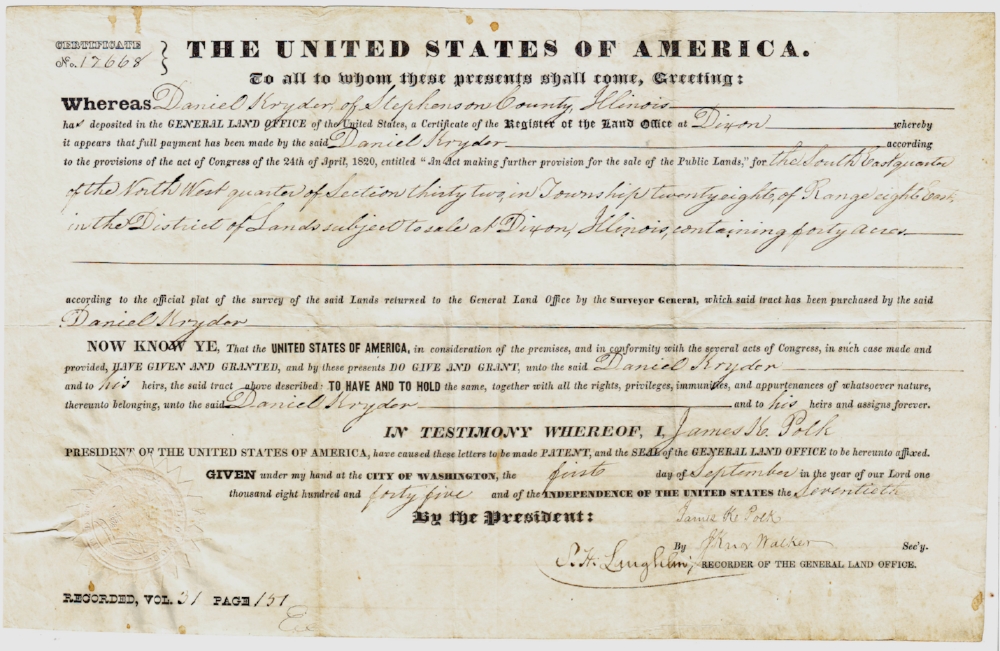How to Translate Official Documents
(Disclaimer: This article is not intended to be legal advice. You should always consult a legal professional.)
Translating official documents can sometimes be puzzling. In this blog entry I intend to shed some light on the topic, as well as to recommend certain pre-steps before you request translation services (from English to Spanish or vice-versa). There are many things to consider when we need to translate public documents, but first let's try to define what an official or public document is. According to Black's Law Dictionary (10th ed., Bryan E. Garner), a public document is a document issued or published by a political body or otherwise connected with public business. Some of the most common examples are documents issued by the Civil Registry, like birth, marriage, or death certificates and divorce decrees among others.
Now that we have defined what a public document is, I'd like to take a look at the four most important things to keep in mind when translation services are required. Before we get into them, I'd like to emphasize that consulting these matters with the requesting authority beforehand will certainly make the process smoother for you. Not only will it save you money for avoiding unnecessary steps, but it will also save you time. Let's take a look at them:
Certified Translation: It is the rendering of a public document issued in the source language (Spanish or English) to the native language where the document will be used (Spanish or English), and is accompanied by a signed Certificate of Accuracy.
Notarized Translation: A translation in which a notary public certifies that the translator is the person signing a certified translation (1.), that is to say, the Certificate of Accuracy. In the Certificate of Accuracy the translator is confirming that the translation is accurate and complete.
Apostille: This is the legalization of a foreign document that will have legal effects in another country that belongs to the Hague Convention.
Embassy Legalization: It is a procedure that must be used to legalize foreign documents issued by countries that do not belong to the Hague Convention. In this case, the document usually needs to be legalized in two countries, where it was issued and where it will be used.
In other words, the requesting authority should be specific about what are the requirements to submit the documents. In case they are not, you should definitely ask them. Let's put this in context and take a look at a couple of scenarios to give you an idea.
Documents that will be used in the U.S.A.
If you need to translate, into English, a document from any Spanish-speaking country (Latin America and Spain) you will most likely need a certified translation. For example, if for immigration purposes you need to submit to USCIS (United States Citizenship and Immigration Services) a birth certificate from Mexico, you will only need to certify the translation. Click on the following link to read directly from USCIS's website their requirements for document translation (11.3 Foreign Language Documents and Translations). There is no mention of an Apostille.
In the majority of cases, there is no need to notarize it or to obtain an Apostille. If you already have the Apostille, there is no problem. It will have to be translated and certified. That only adds a tier of validity to your document since both the U.S.A. and Mexico belong to the Hague Convention. Stressing once again, it's best to double check with the requesting authority what should be included in the translation (certification, notarization, Apostille, etc.).
Documents that will be used outside the U.S.A.
If you will be using your public documents abroad, the first thing I would recommend is to find out if said country belongs to the Hague Convention Apostille Service. Almost every Spanish-speaking country provides Hague Apostille services, with some exceptions like Bolivia and Cuba.
Let's analyze another example: if you are required to provide an FBI background check to the authorities in Spain, one way of legalizing that document would be to obtain an Apostille from the US Department of State, and then you will need to translate both the document and the Apostille in order for them to be legally valid in Spain. Here is a link to a comprehensive list of Apostille services in the U.S.A. The Secretary of State should have information about where to obtain the Apostille in your city, town, or community (Competent Authorities, Art. 6). If you need to translate a public document for a country that does not offer the Apostille service, then you should check with the embassy to find out what are the document legalization requirements.
Furthermore, if you are an American and fall in love with an Argentine and would like to marry that person in their own country, you will most likely need to obtain an Apostille for your American birth certificate and obtain a certified translation into Spanish for both the certificate and the Apostille. The Apostille's function is just to make simple verifying that the documents were authentically issued by the corresponding authorities without further need of legalization afterward.
Need more help? Download a free document translation checklist!
If you have any questions about document translation services, feel free to drop me a line at m.diaz@marcotranslator.com or call +1 (312) 607-6139. If you have already figured out what you need to translate, click here to request a document translation quote.


